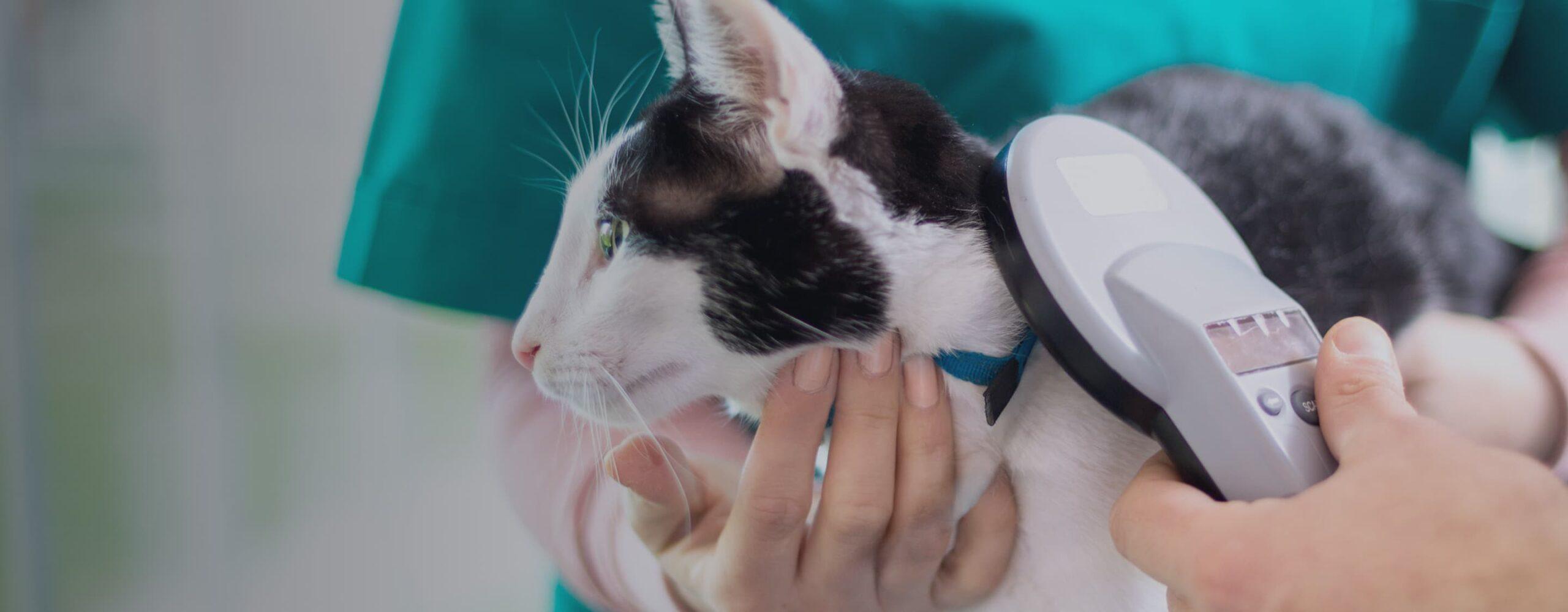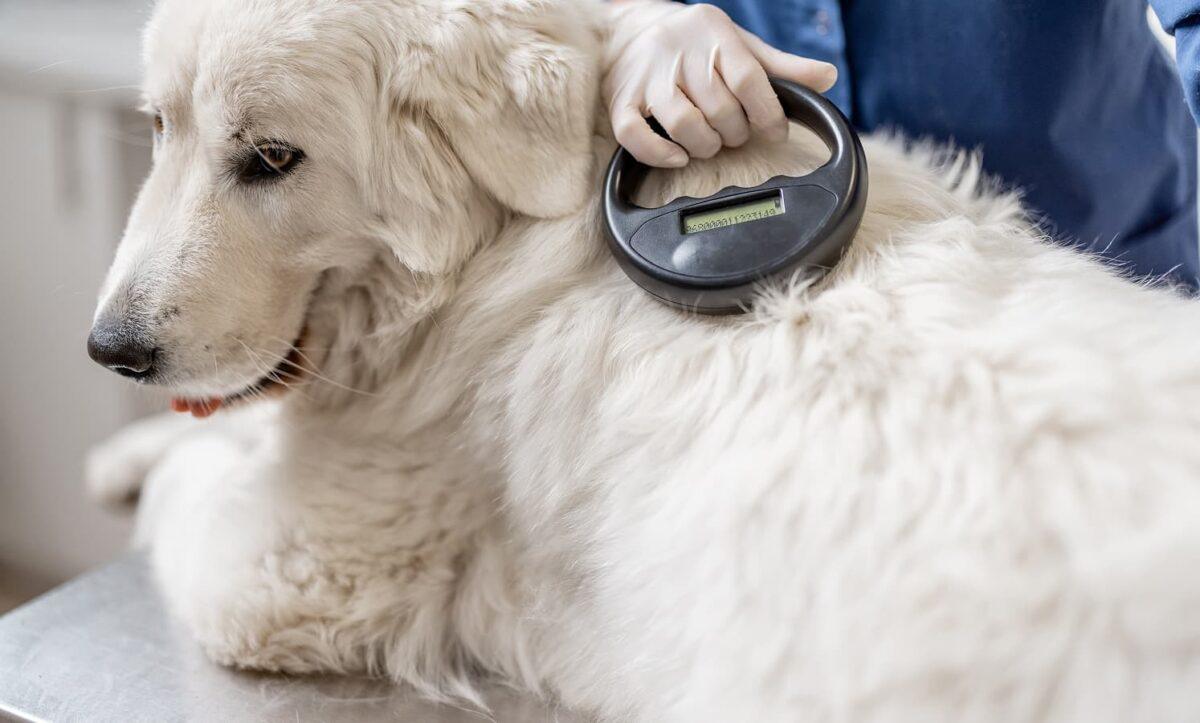What Is a Pet Microchip & How Does It Work?
A pet microchip is a small, implantable device that contains a unique ID number linked to your contact information, helping reunite lost pets with their owners when scanned by a veterinarian or shelter.
Is Microchipping Safe for Pets?
Yes, microchipping is a safe and quick procedure that provides a permanent form of identification to help protect your pet if they ever get lost.
Does a Microchip Track My Pet’s Location?
No, a microchip does not track your pet’s location; it simply stores identification information that can be scanned by a veterinarian or shelter to help reunite you with your pet.
At What Age Can a Pet Be Microchipped?
Pets can typically be microchipped as early as 6 to 8 weeks of age, but your veterinarian will recommend the best timing based on your pet’s health and vaccination schedule.
Do I Need to Register the Microchip?
Yes, registering the microchip is important to ensure your contact information is up to date, and our team will gladly guide you through the registration process and provide any assistance you may need.
What Happens if I Move or Change Phone Numbers?
If you move or change phone numbers, be sure to contact the company where your pet’s microchip is registered to update your contact information so you can be reached if your pet is found.
Can a Microchip Be Removed or Replaced?
Microchips are designed to be permanent and are not typically removed or replaced, but if there’s ever an issue, your veterinarian can discuss the best options with you.
Will a Microchip Help if My Pet Gets Lost?
Yes, a microchip greatly increases the chances of reuniting with your lost pet by providing permanent identification that shelters and veterinarians can scan to contact you.
Does My Pet Still Need a Collar & ID Tags?
Yes, even with a microchip, your pet should wear a collar with ID tags for quick identification, as collars are the easiest and fastest way for someone to contact you if your pet gets lost.


